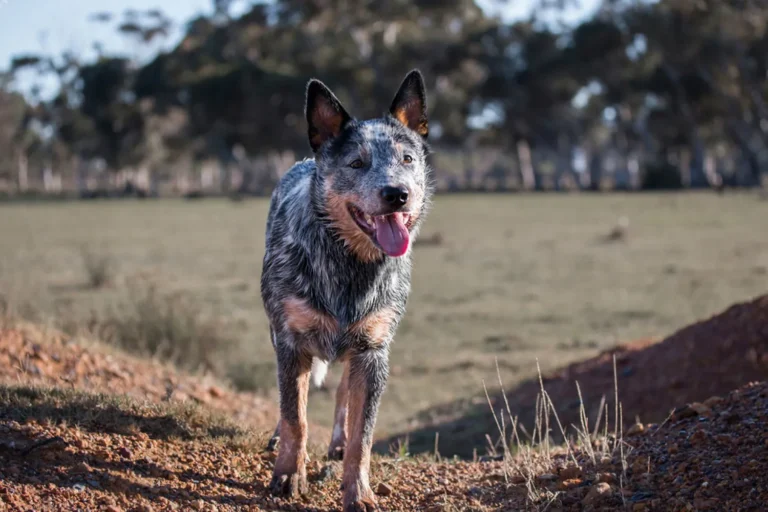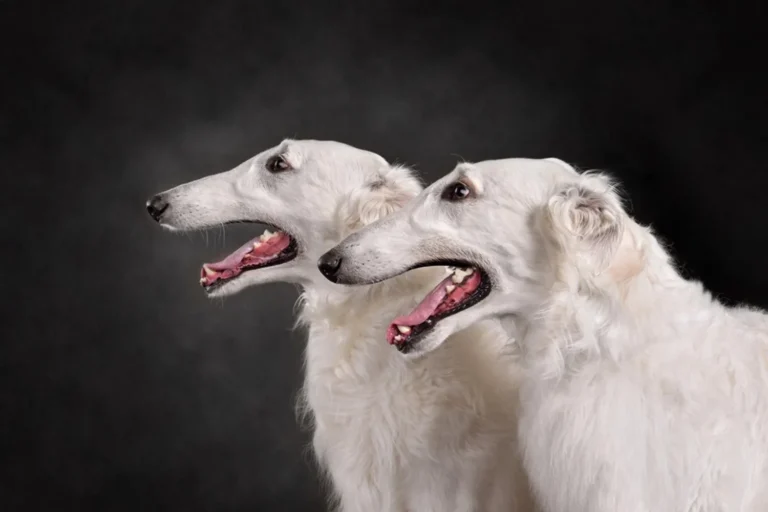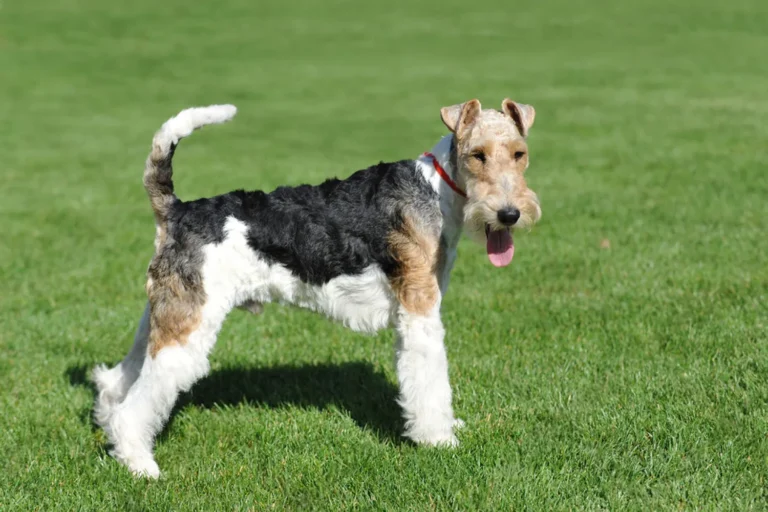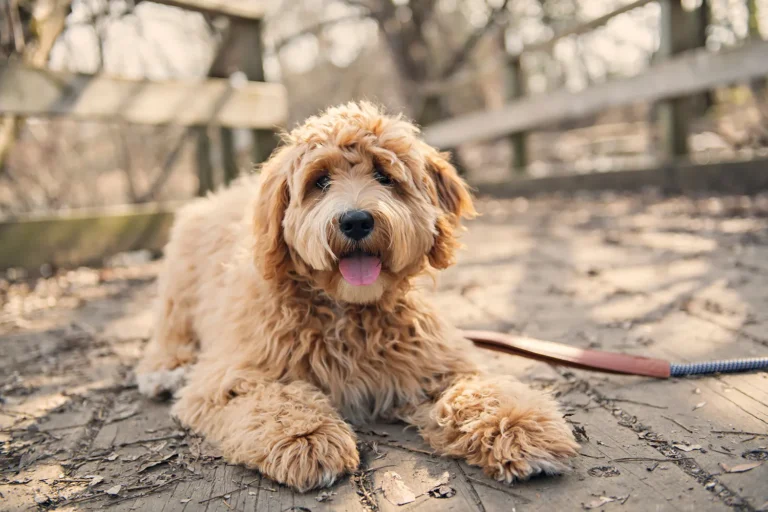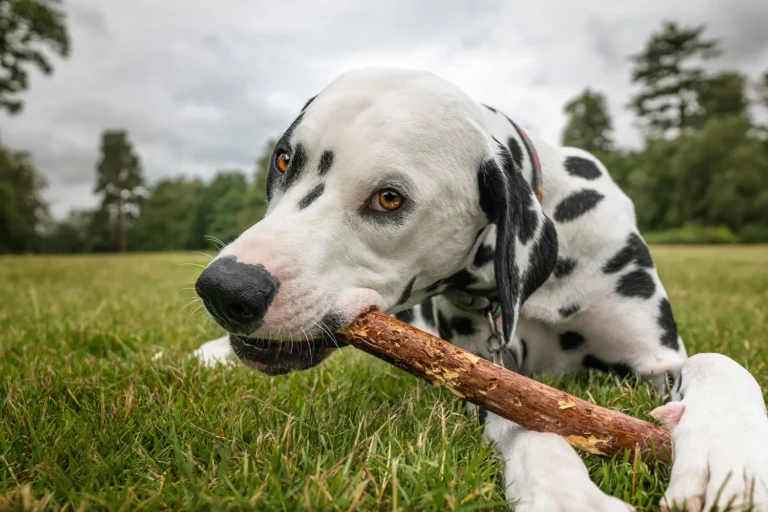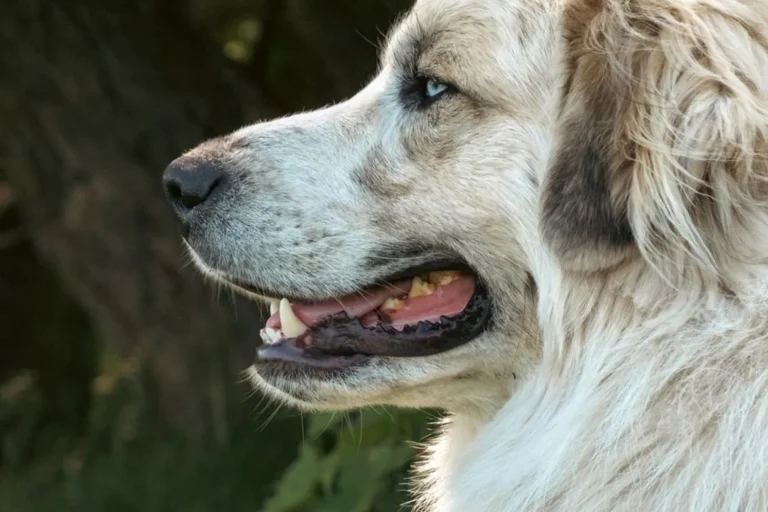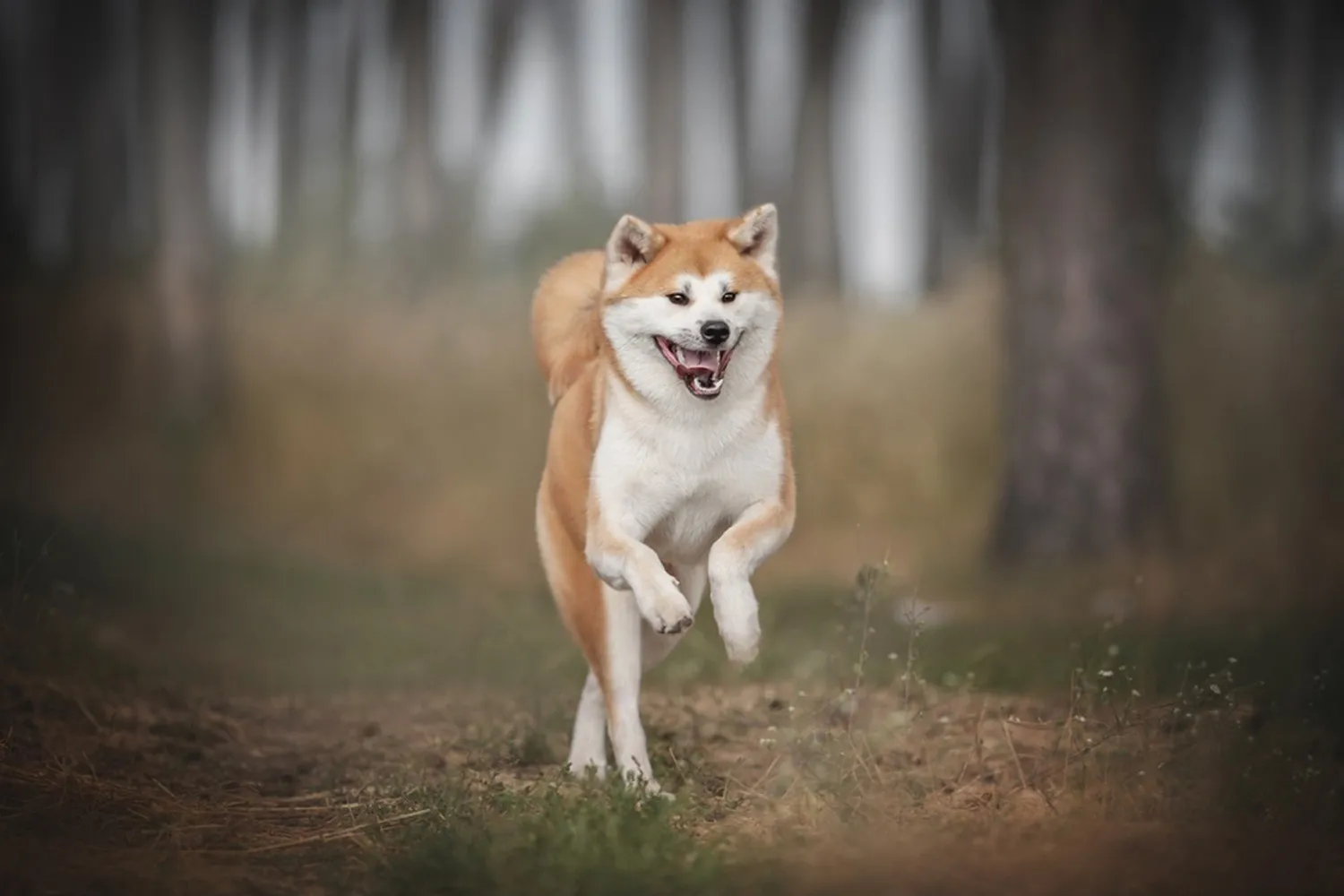
The Akita is a strong, noble dog with a quiet presence that fills a room. The first Akita I met sat beside me like a furry sentinel, calm and watchful, and by the end of the visit he was nudging my hand as if to say, “You’re one of us now.” That’s their magic fierce loyalty wrapped in a gentle, steady companionship that makes them exceptional in any home. They thrive with clear routines and kind, consistent training, love a good daily walk, and really shine when given a “job,” even if it’s just supervising the backyard. Brush that plush coat weekly (and brace for seasonal fluff storms), keep their mind busy with puzzle toys, and treat them with respect. Do that, and an Akita will be your devoted shadow from coffee time to bedtime.
History and Origins of the Akita
Picture the rugged, snowy north of Japan, where a bold, thick coated dog kept pace with hunters and guarded palaces with quiet confidence. That’s where the Akita’s story begins. Named after the Akita prefecture in northern Japan, these dogs were developed in the 1600s to track and hunt large game like wild boar and black bear. Their job wasn’t for the faint of heart, and it shows in their steady gaze and sturdy build. During that same era, Akitas also stood watch over Japanese royalty dignified, alert, and absolutely devoted. Even today, you’ll find them serving in Japan as police and guard dogs, a modern echo of their traditional roles. I remember meeting an Akita on a frosty morning walk; he planted himself between his owner and a noisy delivery cart with such calm authority that everyone instinctively gave him a respectful berth.
The Akita’s journey to America is one of my favorite breed stories. When Helen Keller visited Japan, she was taken to the beloved statue of Hachiko the famously loyal Akita who waited at a train station for his owner, day after day. Touched by the story, Keller was presented with an Akita of her own, Kamikaze go, the first Akita in America. After she lost him to illness, the Japanese government gifted her a second Akita, and the bond between this breed and the United States truly began. I keep a small postcard of Hachiko on my desk; on tough days, it’s a reminder of the quiet, steadfast loyalty dogs can show.
By 1956, the first litter of Akita puppies was born on American soil, thanks in large part to an American soldier stationed in Japan during World War II who brought more Akitas home. From there, the breed grew in numbers and in debate. As the American Akita developed into a more muscular dog, differences in type sparked a divide between the Japanese Akita Fanciers and the American Kennel Club. The AKC hesitated to officially register them, and there were years of back and forth before the Akita Club of America was finally accepted in 1972. If you’ve ever watched dog folks discuss breed standards, you know it can get spirited like watching historians argue over a favorite novel’s best edition.
Today, you’ll hear people talk about two distinct styles: the Japanese Akita and the American Akita. The American type often shows more influence from German Shepherd Dog ancestors, with a heavier, more powerful presence, while the Japanese type typically keeps a sleeker silhouette. My advice if you’re smitten with the breed: meet both types in person. Go to a show, chat with breeders, and see which look and temperament fit your lifestyle. Either way, you’re getting a dog with centuries of courage behind those soulful eyes one who may not say much, but has a way of standing close when it matters and keeping watch like it’s an art form.
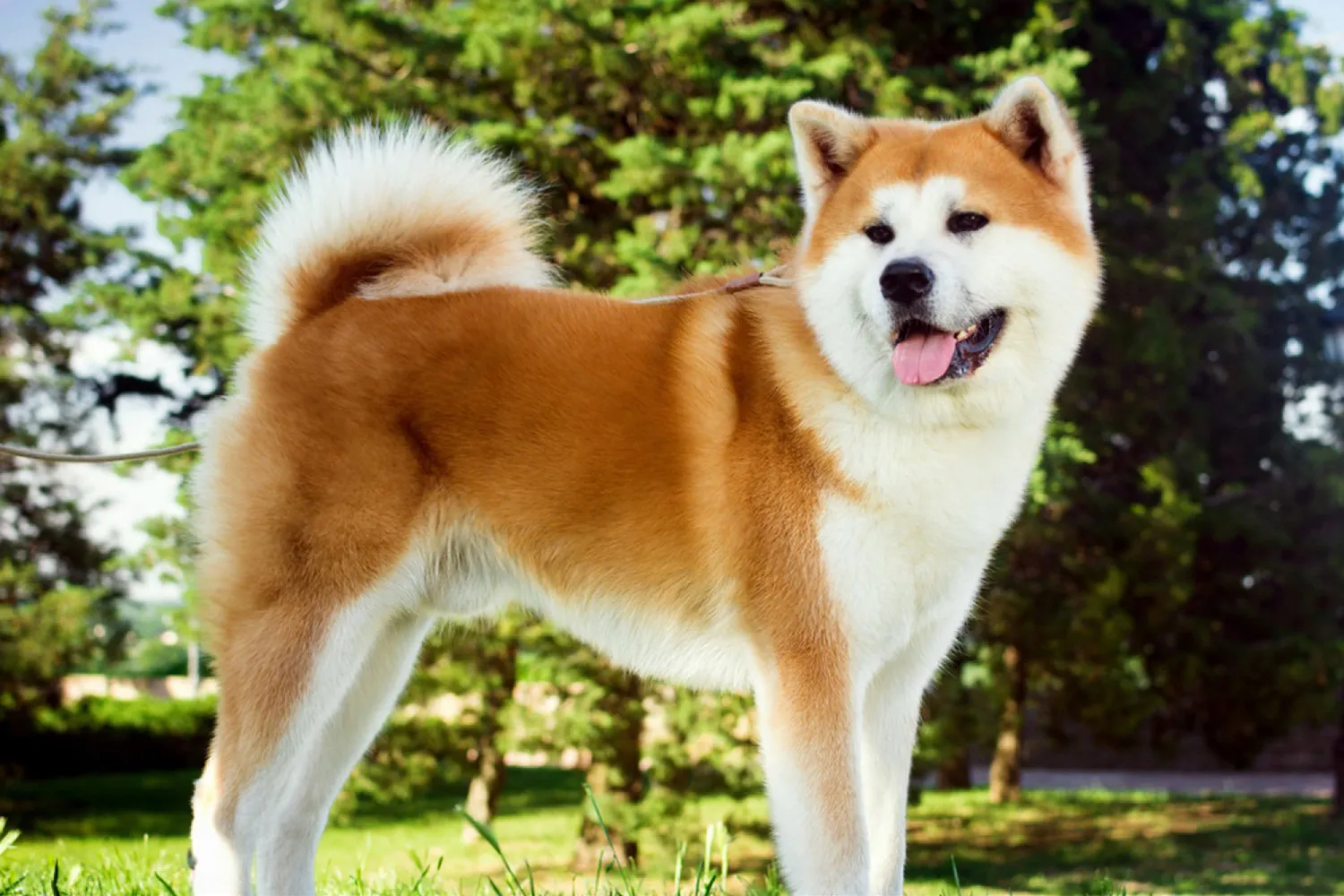
What Is the Akita Dog Breed?
Think big, dignified, and quietly devoted. The Akita also called the Akita Inu is a strong, muscular, purebred dog famous for steadfast loyalty. Built like a tank with a broad chest, bear like head, and those proud, erect ears, an Akita carries a thick, plush coat and a tail that curls confidently over the back. They’re part of the spitz family, sharing that fox bright expression and weather ready coat you see in Siberian Huskies and Alaskan Malamutes, but with a more serious, watchful vibe.
I remember dog sitting an Akita named Yuki who would follow me from room to room, silent as a shadow, then plant herself between me and the front door like a velvet coated security guard. That’s the Akita heart deeply devoted to their people, sometimes reserved with strangers, and calm until it’s time to act. If you bring one home, plan on early socialization and steady, confident training; they respect clear boundaries. Daily walks and mental work (puzzle feeders are gold) keep that big brain happy. Grooming is simple most weeks, but when the undercoat “blows” seasonally, you’ll want a sturdy brush and a vacuum on standby.
If you love a noble, stoic companion with a soft spot for family, the Akita’s a powerhouse of loyalty wrapped in a fluffy, curled tail.
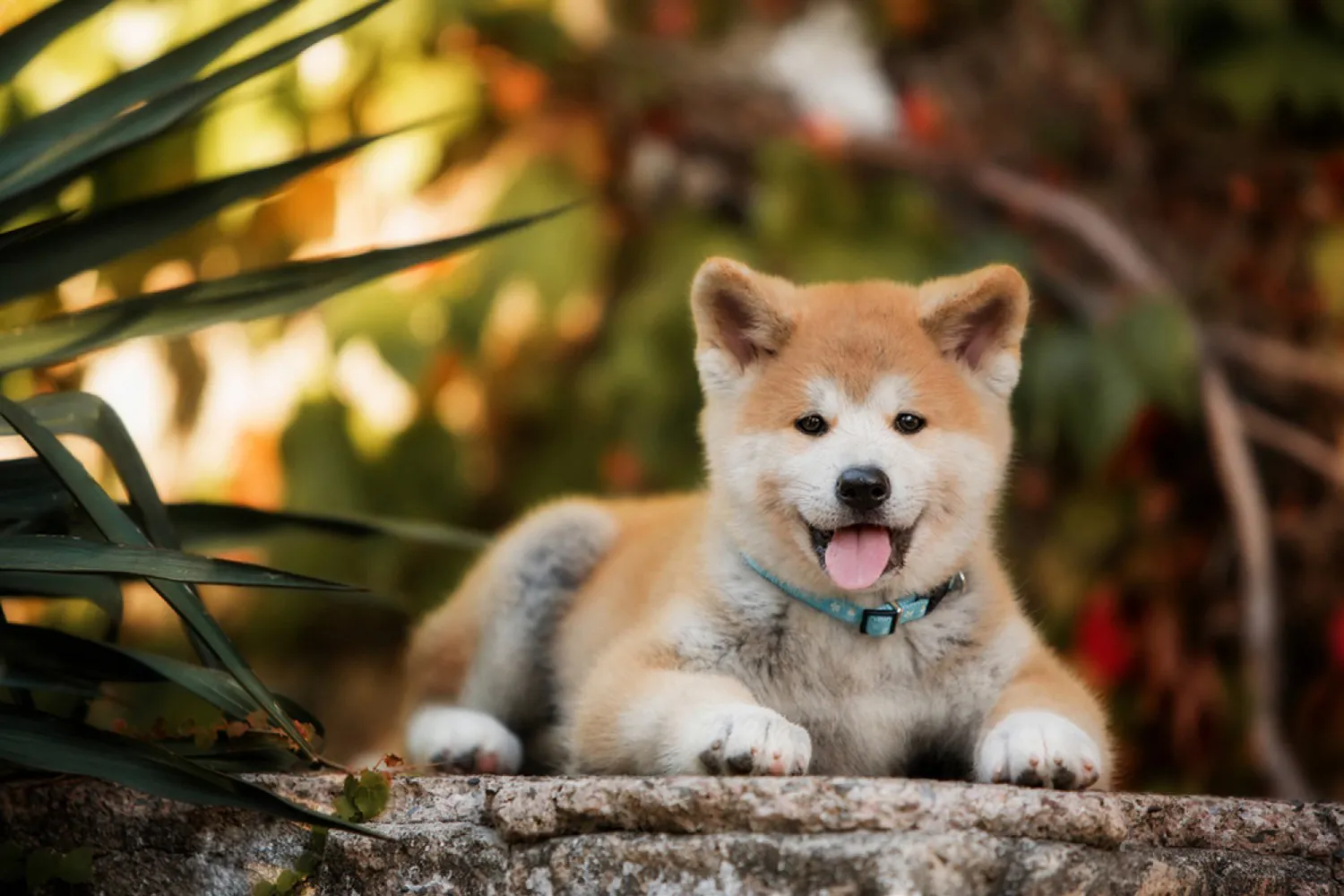
Who Is an Akita Best For?
The Akita is a magnificent dog, but they’re not a beginner’s project. They’re strong willed, smart, and can be tough to train if you haven’t handled big breeds before. I remember helping a friend with his first Akita; we spent weeks just building basics like calm leash walking and reliable recalls. Progress came, but only with a steady routine, lots of patience, and a cool head. If you’ve got experience with large dogs and you enjoy structured training, the Akita can be incredibly rewarding.
In the right home, they’re playful, affectionate, and deeply loyal. They tend to bond hard with their family and can be wonderful with older children who understand boundaries. I always tell parents: teach kids to give an Akita space around food and beds, and to read their body language. When everyone follows the rules, you get a loving companion who’ll curl up at your feet after a good play session and act like your shadow around the house.
Akitas also have a naturally protective side, which makes them excellent guard dogs without needing to teach any “tough” behavior. That protective instinct is serious, though, and it’s part of why they’re often best as the only dog in the home. I have a simple rule with Akitas: no dog parks, careful introductions, and clear management. Early socialization helps, but you still want firm structure consistent cues, daily mental work (think obedience, impulse control games, puzzle feeders), and confident leadership. A secure yard, a solid training plan, and routine exercise go a long way.
If you’re an experienced owner who appreciates a devoted, no nonsense companion and you’re ready to put in the training time, an Akita might be exactly your kind of dog. They’re not for everyone but for the right person or family, they’re unforgettable.
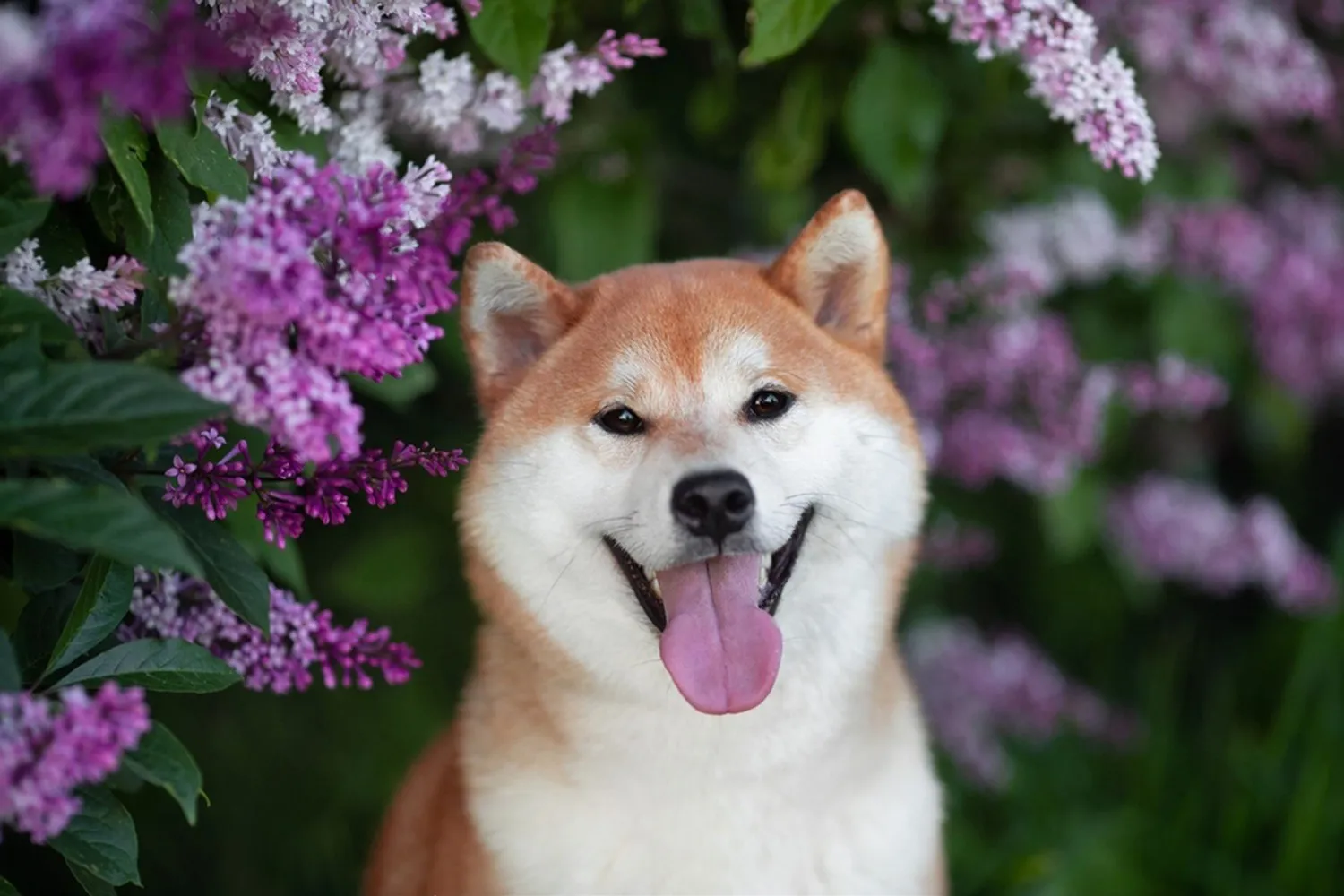
Akita Grooming & Shedding
Akitas wear a plush double coat like a winter parka: a short, weatherproof topcoat and a thick, cozy undercoat. That combo means they shed often, and when the seasons change, they can really “blow” their coat. I still remember the first spring with my Akita one brushing session filled a grocery bag with fluff, and I swear I saw a little fur tumbleweed roll across my kitchen. Weekly brushing makes a huge difference in keeping hair off your couch and floors, and it keeps their coat soft by spreading natural oils. I like to use a slicker brush for the top and an undercoat rake for the dense fuzz beneath. During heavy shedding weeks, I add an extra brushing day or two and, if the weather is nice, take it outside to save my vacuum some work.
Even though Akitas tend to tidy themselves after meals (it’s pretty cute to watch), they still need real baths. A bath every three months is a good rhythm for most, unless they roll in something “special.” Use a gentle dog shampoo, rinse thoroughly, and dry them well moisture trapped in that thick undercoat can linger. I towel dry first and then let them air dry in a warm room. And here’s a biggie: avoid shaving a double coat. It can mess with how their fur protects and insulates them.
Don’t forget the little details that keep them comfortable. Clip nails about once a month; if you hear click clack on the floor, it’s time. I’m a fan of a nail grinder because it’s forgiving if your dog wiggles. For ears, a quick weekly wipe with a vet approved ear cleaner and a soft cotton pad does the trick no deep probing and no cotton swabs. While you’re at it, peek for redness or unusual odor. Bonus points for a quick tooth brushing a few times a week; your future self (and your vet) will thank you.
The secret to stress free grooming is making it positive and starting young. Keep sessions short, sprinkle in treats, and end on a win. I used to think nail day would be a wrestling match, but a lick mat with a little peanut butter turned my squirmy pup into a statue. Practice handling paws, ears, and tail when they’re calm so it becomes no big deal as they grow. In no time, grooming turns from a chore into a cozy routine and a great excuse for extra snuggles after that fresh, fluffy brush out.
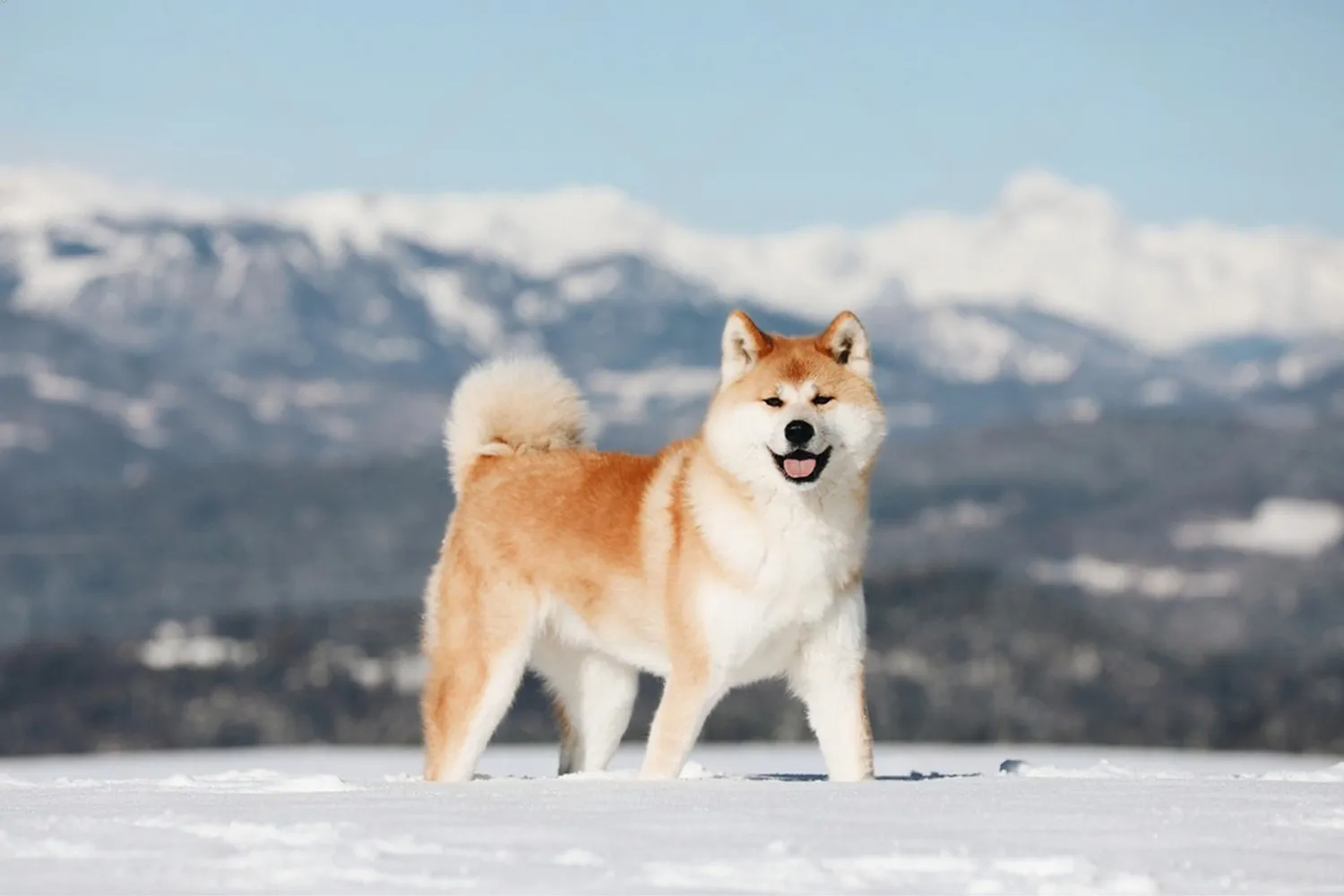
Do Akitas Bark a Lot?
Akitas might look like silent, stoic statues, but once they’re adults, they can surprise you with how vocal they are especially when they’re on duty. Their bark isn’t random chatter. It’s more of a message: something’s up, and they’re ready to deal with it. I remember house sitting an Akita named Kuma who barely made a sound all day, then thundered into action the second a delivery truck rolled up. That deep, serious bark meant business. Because they’re naturally loyal guardians, they often speak up when they feel threatened or when their protective instincts kick in.
Getting to know your Akita’s personality is the secret sauce. What sets them off unknown people, dogs passing the yard, a squeaky gate? Once you spot patterns, you can plan. I like to reward calm watching at the window, then give a quiet cue before the bark boils over. A little management goes a long way: frosted film on low windows, a solid fence, and a cozy “settle” spot away from the front door. And don’t underestimate exercise and brain work. A brisk walk, some scent games, or a food puzzle can turn “patrol mode” into nap time.
Tips I swear by: socialize early and often, teach “watch” and “quiet” as a pair, and praise the moment they choose calm over calling the alarm. If you see stiff posture, hard staring, or raised hackles, step in early redirect, create space, and keep it positive. With clear guidance, an Akita’s bark becomes purposeful and manageable, not nonstop noise.
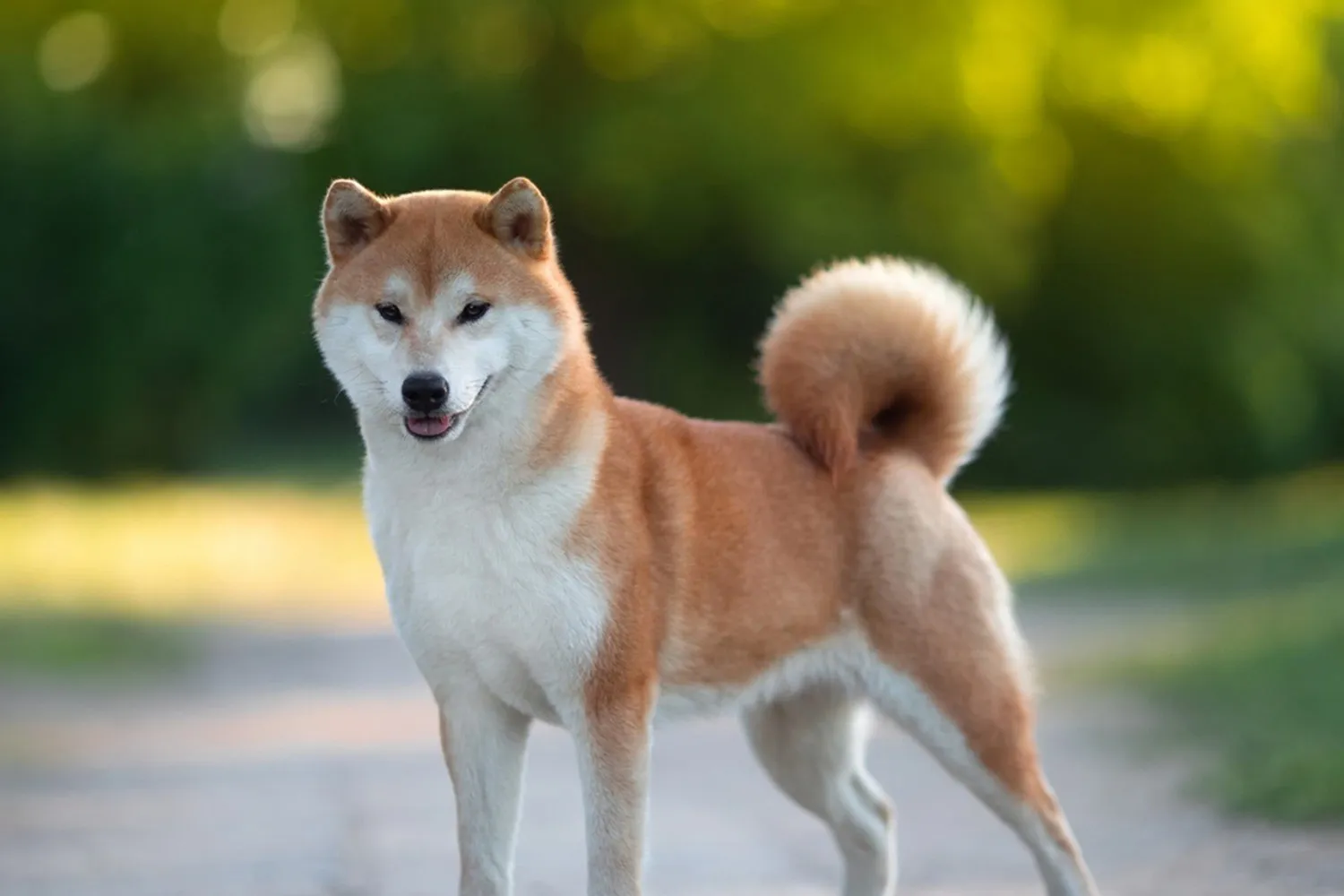
How Big Do Akitas Get? Average Height and Weight
Thinking about an Akita means planning for a whole lot of dog strong, steady, and wonderfully dignified. There are two main types you’ll see: the heavier, more bear like American Akita and the slightly lighter, foxier Japanese Akita (Akita Inu). Both are substantial, but they carry their size a bit differently.
American Male Akitas typically stand about 66-71 cm tall (around 26-28 inches) and weigh 45-59 kg (about 99-130 lbs). American Female Akitas usually measure 61-66 cm (24-26 inches) and weigh 32-45 kg (71-99 lbs). I remember meeting an American boy named Bear-68 cm and roughly 52 kg who genuinely believed he was a lapdog. My thighs still remember it.
Japanese Male Akitas are a touch lighter, averaging 64-70 cm (25-27.5 inches) and 32-39 kg (71-86 lbs), while Japanese Female Akitas come in around 58-64 cm (23-25 inches) and 23-29 kg (51-64 lbs). A friend’s Japanese girl, Suki, hovered at 60 cm and 27 kg sleek, athletic, and surprisingly quick when she spotted a squirrel.
A few practical tips from living with big dogs:
– Measure height from the ground to the withers (top of the shoulders), not the head. It’s the most consistent marker.
– To weigh at home, step on a scale with your dog, then subtract your weight. Treats help with the “hold still” part.
– Don’t let the fluffy coat fool you. You should be able to feel ribs with light pressure, see a gentle waist from above, and a slight tuck from the side. If you can’t, it may be time to adjust portions or add more exercise.
– Many Akitas hit their adult height by 12-18 months but keep filling out until 2-3 years. I like adjustable harnesses for that growth spurt; saves you from buying three sizes in one year.
These ranges are averages, so a healthy Akita might land a bit outside them. If you’re unsure where your pup stands, a quick chat with your vet can help you fine tune diet and exercise for their build.
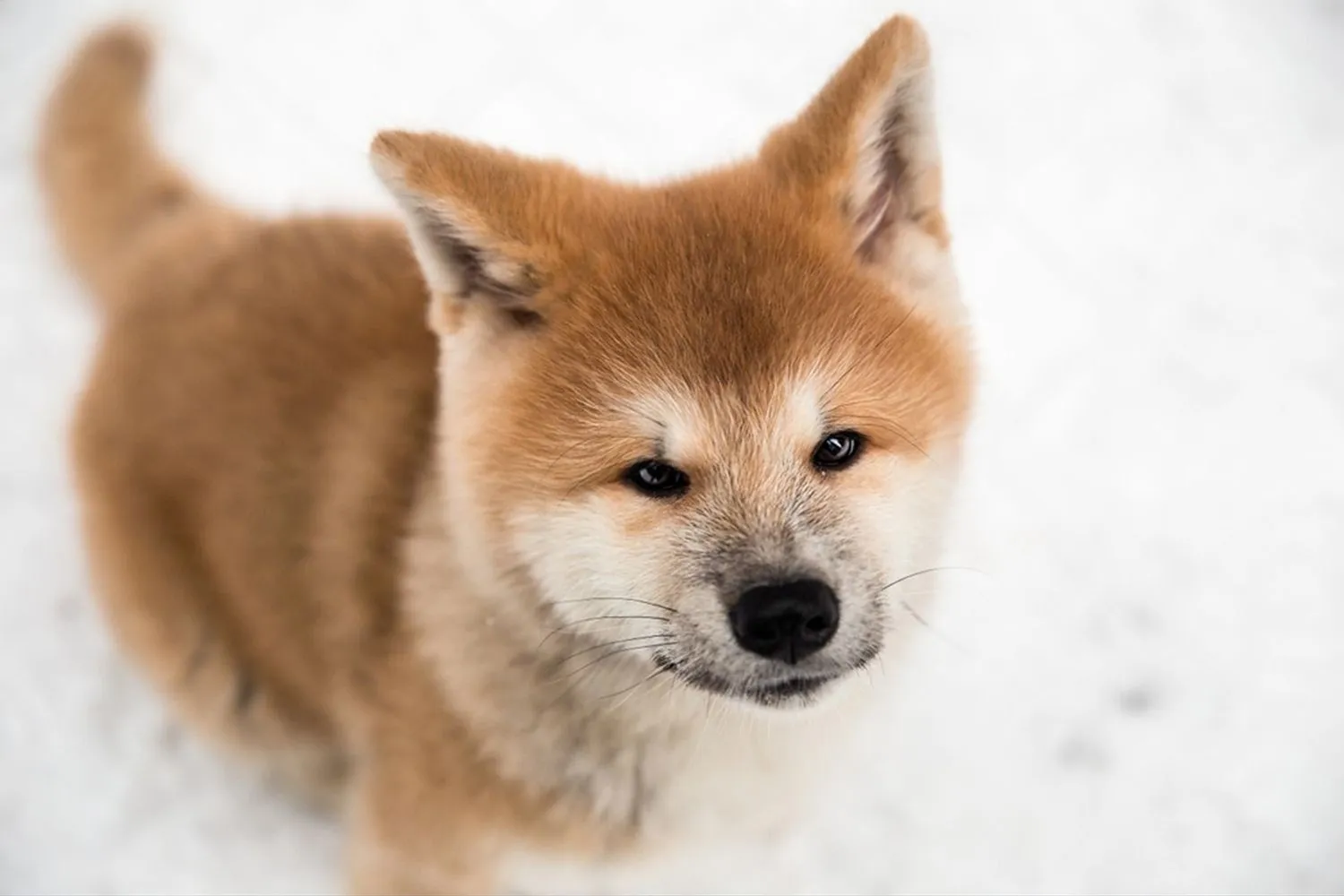
Are Akitas Easy to Train?
Stubborn smart is the phrase that always pops into my head with Akitas. They’re brilliant and they know it, which means they often ask “why?” before they agree to do anything. That’s exactly why early, consistent obedience training matters so much. When my friend brought home her Akita, Kumo, he learned sit and down in a weekend but only when the treats were top tier and the rules stayed the same every day. The moment the routine slipped, he tried to renegotiate the entire deal. Consistency is your best friend with this breed.
Akitas are naturally protective and can be prone to aggression if they aren’t guided well. Early socialization is key: calm, controlled introductions to new people, dogs, and places not chaotic dog parks. I like to start with short training sessions that focus on impulse control: watch me, leave it, settle on a mat, and polite leash walking. High value rewards, a confident handler, and clear boundaries go a long way. When the delivery driver rings the bell, for example, we practice “go to your place,” then reward the quiet, calm behavior like it’s the best thing in the world.
Around children and in public, training pays off. Always supervise, teach kids to respect the dog’s space, and keep practicing the basics. With steady leadership and early socialization, Akitas can be well mannered companions reserved, loyal, and wonderfully dependable once they’ve decided you’re worth listening to.
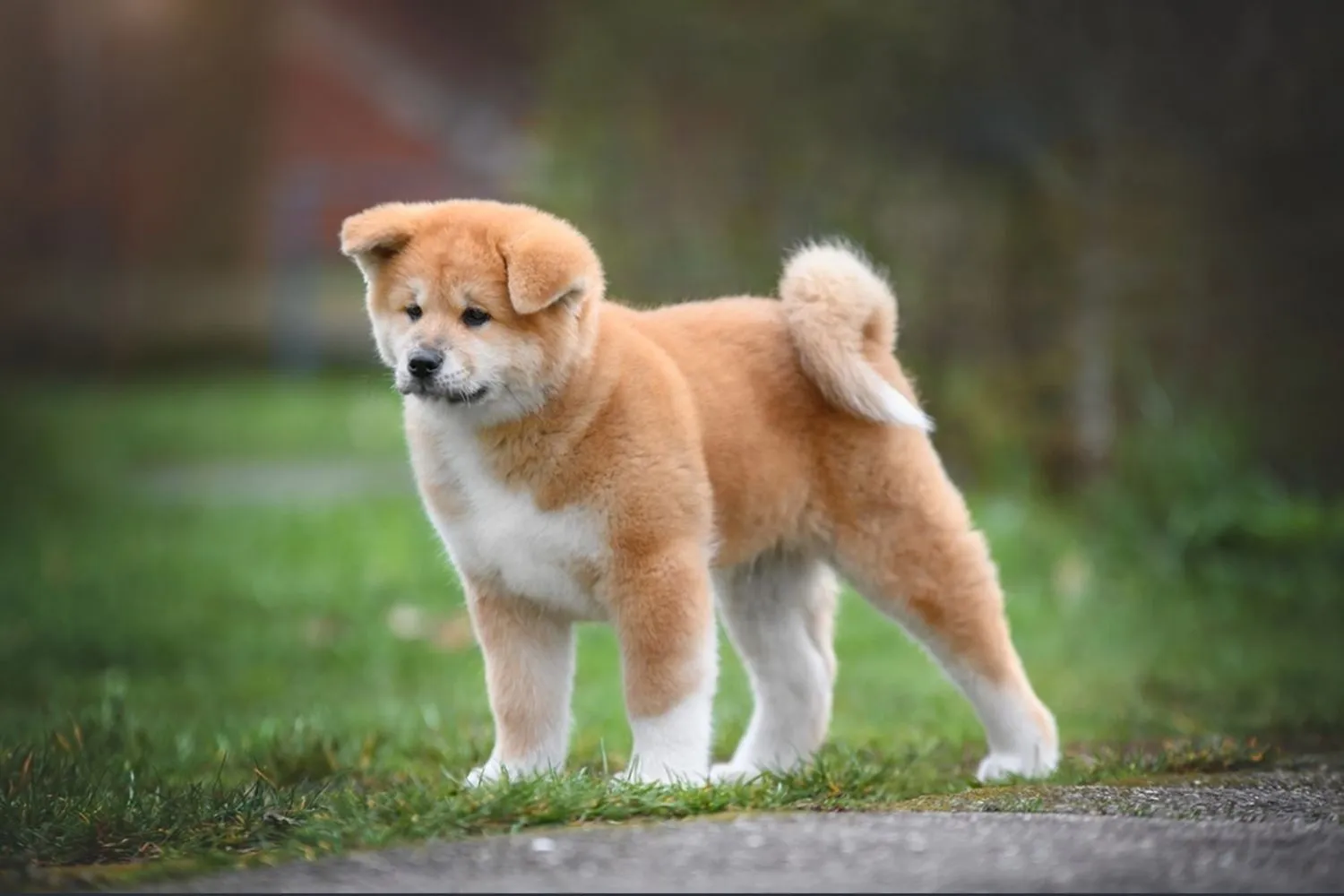
How do Akitas behave? A look at their temperament and personality
If you live with an Akita, you quickly learn what “fiercely loyal” really feels like. They bond hard with their people and have a built‑in protective streak that can make you feel like you’re walking around with your own personal bodyguard. I remember taking evening strolls with my friend’s Akita, Kumo. He’d casually position himself between me and anything suspicious trash cans, scooters, a flapping sign cool as a cucumber but clearly on duty. That’s the Akita way: calm, watchful, and devoted.
They’re also incredibly smart puzzle solvers with opinions. That brainy streak comes with stubbornness, so training isn’t about endless reps; it’s about respect and motivation. Short, upbeat sessions with high‑value rewards work wonders. I learned to keep it playful: a few sits and stays, a quick game of tug, then something novel like a platform or a new scent game. When my neighbor’s Akita started ignoring recalls, switching to a long line and practicing “check‑ins” with extra tasty treats turned things around without a power struggle. With Akitas, you don’t “win” obedience you earn cooperation.
Their dog‑to‑dog social dynamics need thoughtful handling, especially with same‑sex dogs. Many Akitas are fine with dogs they know but can be pushy or outright aggressive with unfamiliar dogs, and same‑sex tensions are common. Early socialization is essential, but I recommend quality over chaos: parallel walks, calm introductions, and structured classes rather than free‑for‑all dog parks. I once did fence‑line greetings for a week before a meet‑up between two males; it kept everyone relaxed and prevented that “stare‑down” moment that can go south fast. A sturdy leash, good management, and clear rules help set them up for success.
Despite their seriousness, Akitas are surprisingly affectionate and playful with their family. They can be goofy couch companions and are often gentle with kids when raised together, but remember how powerful they are. I teach children house rules: no climbing, no hugging the dog’s face, and let sleeping dogs sleep. Structured play fetch down a hallway, scent games, or training tricks channels their energy without roughhousing. Akitas also value their independence; give them a quiet space and they’ll love you for respecting it.
Because they’re naturally protective, plan for polite manners with guests. Practice a “place” cue for door greetings, reward calm behavior, and supervise introductions. I keep a basket of visitor treats by the door so my resident guardian can associate the doorbell with something positive. Patience and consistency are your best tools. With clear boundaries, early training, and a sense of humor, an Akita becomes an incredible partner devoted, dignified, and always ready to watch your back.
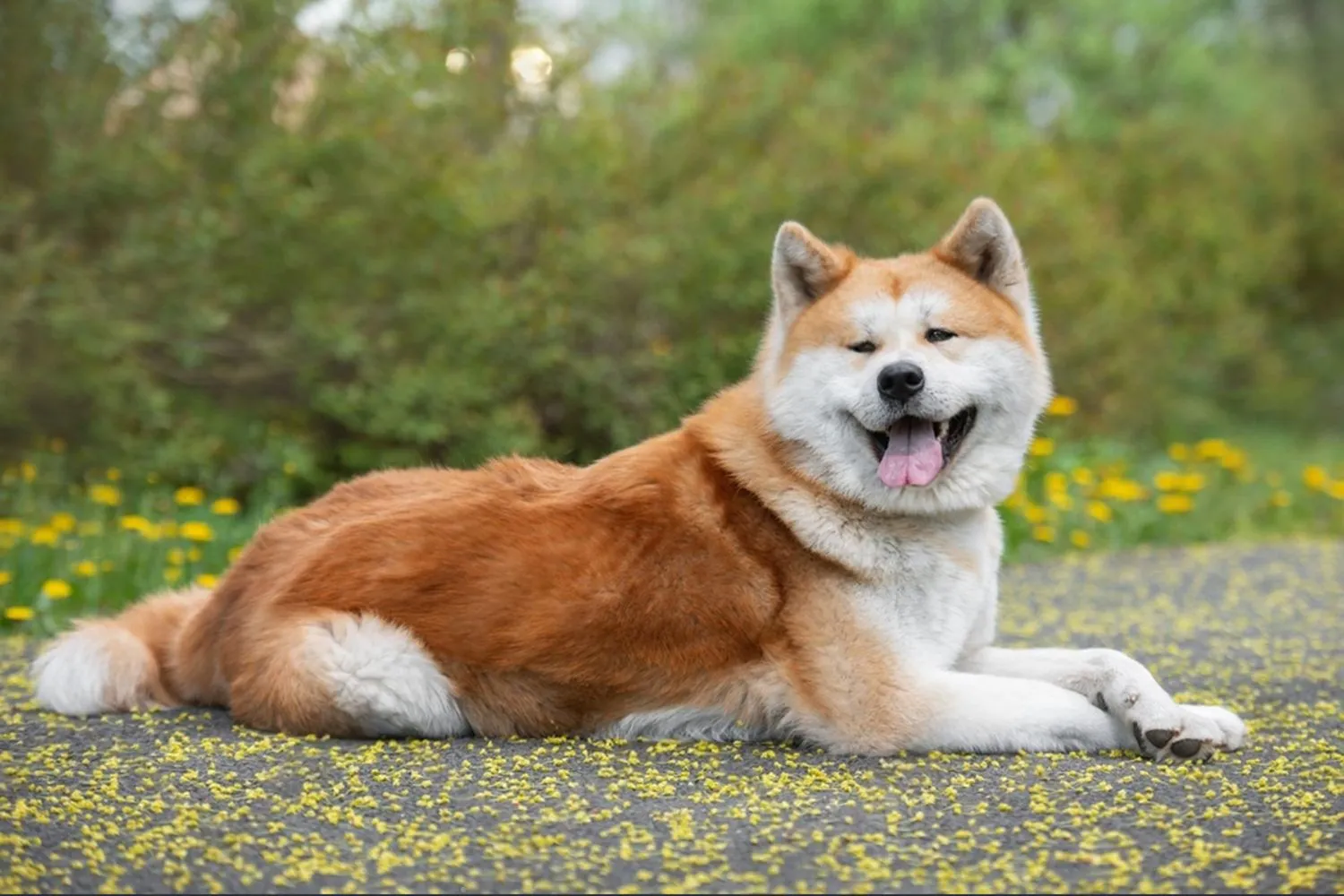
Does the Akita Have Any Common Health Issues?
Akitas are generally sturdy, dignified dogs, but like every breed, they have a few health concerns worth keeping on your radar. Knowing what to watch for makes a world of difference I’ve learned that early detection and a good relationship with your vet can save you a lot of worry down the road.
Hypothyroidism is one of the big ones. It’s a thyroid gland disorder that can show up as skin trouble think hyperpigmentation, recurrent infections like pyoderma, and patchy hair loss (alopecia). Some dogs also struggle with weight gain, low energy, and in more serious cases, epilepsy. A friend’s Akita started getting flaky skin and thinning fur around the tail; a simple blood test confirmed hypothyroidism, and with daily medication and routine checkups, he bounced back beautifully. I always ask my vet to include a thyroid panel in annual bloodwork once a dog hits middle age.
Sebaceous Adenitis (SA) is particularly common in Akitas. It dries the skin and can cause noticeable hair loss, especially along the top of the head and back. It can look alarming, but catching it early helps. If I notice dull coat, dandruff like flakes, or areas that feel unusually dry, I book a vet visit rather than hoping it “clears up.” Your vet might recommend a skin care plan medicated baths, gentle brushing, and nutrition support to keep the coat comfortable and protect the skin barrier.
Gastric Dilation Volvulus (bloat) is another serious concern for Akitas. It’s when the stomach fills with gas and can twist, and it can be fatal if not treated immediately. The signs are hard to forget: a distended belly, unproductive retching, restlessness, drooling, and obvious discomfort. This is a drop everything and go to the emergency vet situation. I feed a couple of smaller meals instead of one big one, use a slow feeder for enthusiastic eaters, and avoid heavy exercise right before and after meals. I also keep my nearest emergency clinic number on the fridge, just in case.
Lastly, hip dysplasia an inherited condition where the thigh bone doesn’t fit snugly into the hip socket can lead to arthritis as Akitas age. Choose a reputable breeder who screens their dogs and doesn’t breed affected animals. Day to day, keeping your Akita lean, offering low impact exercise (a good swim day is heaven), and using supportive beds can really help joints over time.
Regular vet visits, a sensible routine, and a watchful eye go a long way with this wonderful breed.
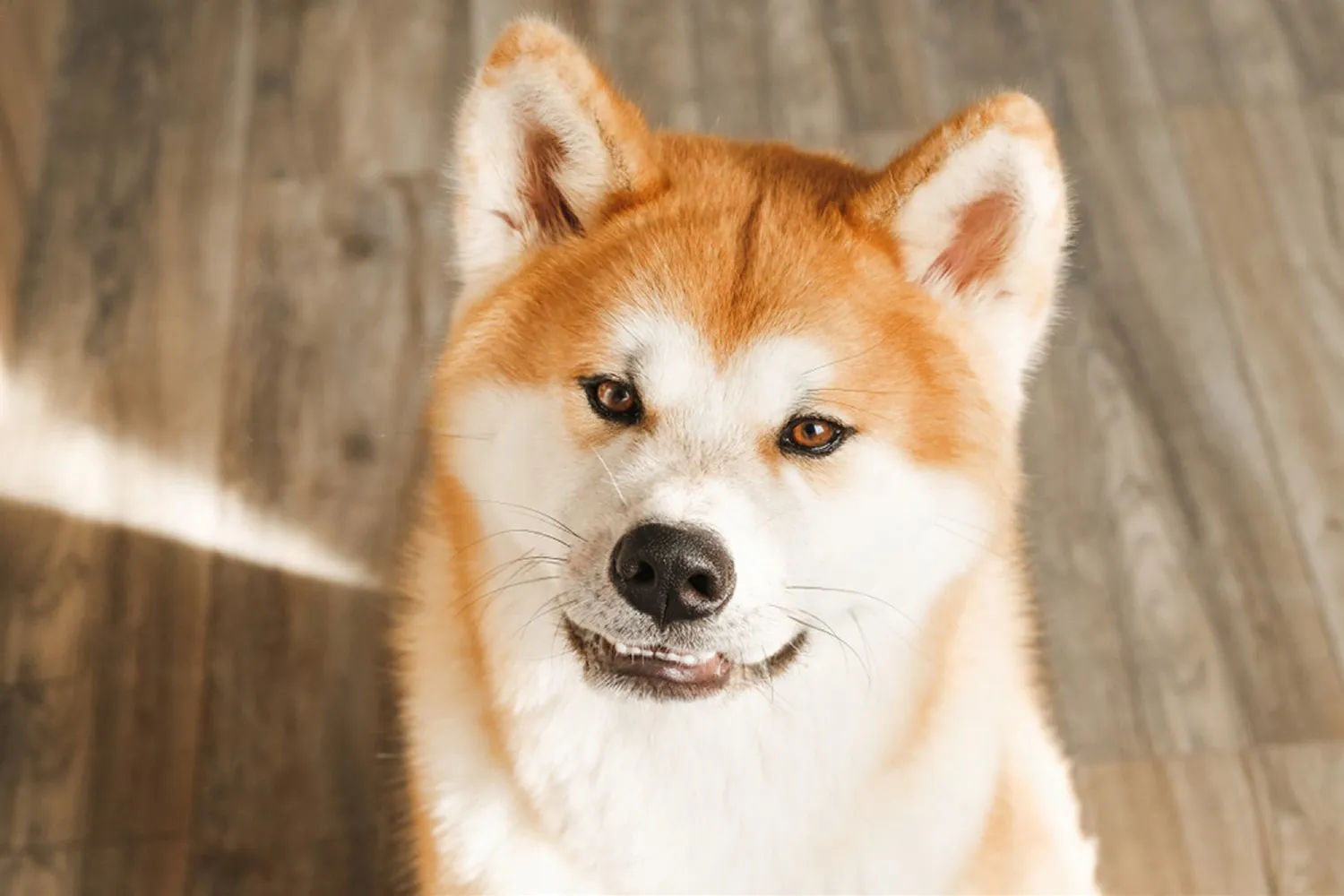
Akita Lifespan: What to Expect
Most Akitas share our homes for about a decade, with many happily padding into their 11th and 12th birthdays. On average, you can expect a lifespan of 10 to 12 years. That’s a solid stretch of big dog companionship, and with a little extra care, some Akitas do nudge past that mark.
What helps them thrive? Consistent, moderate exercise and a balanced diet are huge. Akitas are sturdy, but they’re still a large breed, so I’m careful about high impact activities on young joints and slippery floors no marathon fetch sessions on tile. Regular vet checkups, weight management, and good dental care add healthy years too. I swear by daily brushing for that thick coat less shedding on your couch, and better skin health for them. A friend’s Akita, Kumo, celebrated his 13th birthday with a slow forest walk and a ridiculous hat; his vet always said staying lean was his secret.
As they near their senior years (often around 7 or 8), I adjust the routine: shorter, more frequent walks, comfy orthopedic bedding, and puzzles to keep the mind sharp. Ask your vet about joint supplements if you notice stiffness. Most of all, keep them close and included Akitas are loyal to the core, and they shine when they feel like part of the team. Ten to twelve years goes by fast, but it’s a decade packed with devotion, quiet humor, and those unforgettable snow nose kisses.
How Much Should an Akita Eat?
Most adult Akitas do well on about 3 to 4 cups of high-quality dry food per day, split into two meals. They’re prone to packing on pounds, so a lower calorie formula for large breeds is often a smart pick, especially if your dog isn’t super active. I learned this the hard way with my Akita mix, Koda. I figured “more food = more love,” and within a month his collar got snug. My vet had me measure precisely with a standard cup-1.5 cups in the morning, 1.5 at night and we trimmed the extra treats. Within a few weeks his energy bounced back, and so did his waistline.
Every Akita is different, so your dog’s ideal portion and food type will depend on size, age, activity level, and any health needs. Big, athletic males may need the higher end of that range, while smaller or more laid back dogs might stay fit on less. I like to start with the vet’s recommendation, then adjust by a quarter cup at a time every week or two. Use your hands as a guide: you should be able to feel your dog’s ribs under a thin layer of flesh without pressing hard, and see a gentle tuck at the waist. If the ribs vanish under fluff and squish, it’s time to scale back. And because Akitas can be prone to bloat, feeding twice daily instead of one big meal, using a slow feed bowl, and avoiding hard exercise an hour before and after meals are all good habits.
Keep treats to no more than 10% of daily calories on training days I actually set aside some of Koda’s kibble to use as rewards so I don’t overdo it. Measure with a real cup, not by eye, and skip free feeding; it’s too easy for Akitas to overindulge. My friend’s Akita, Kuma, hikes with us on weekends, so he gets an extra quarter cup on big adventure days and a little less during lazy, rainy weeks. Regular weigh ins and a quick chat with your veterinarian will help you fine tune the sweet spot for your dog’s portions and the best food for their specific needs.
Akita FAQs
Do Akita dogs suffer from separation anxiety?
Separation anxiety isn’t specific to Akitas, but yes, some can develop it especially because they’re so deeply loyal and protective. My friend’s Akita, Kuma, would lie by the door like a furry sentry until she came home. What helped was building a calm routine: short, predictable absences at first, a stuffed puzzle toy right before leaving, and zero fuss at the door. Daily exercise also makes a huge difference. A solid walk, a little obedience practice, and a backyard game of “find it” can take the edge off. If your schedule runs long, a dog walker or daycare day can be a sanity saver. Give them affection, structure, and mental stimulation, and they’ll feel secure even when you’re not in the room.
Does an Akita require professional grooming?
You don’t have to use a professional groomer, but you will need to keep up with their coat, nails, and general hygiene. Akitas have a thick double coat that sheds year round and “blows” seasonally think snow flurries of fluff. A weekly brush (daily during shedding seasons) with an undercoat rake or slicker brush keeps things tidy. I do quick nail trims every couple of weeks, check ears during cuddle time, and save baths for when they’re truly dirty. A groomer visit now and then for a thorough de shedding and a spa day is a lovely treat and keeps the coat in top shape. Just remember: don’t shave a double coat it can mess with their natural insulation.
Are Akitas hypoallergenic dogs?
Nope. Akitas are not hypoallergenic, and they shed a lot. If you have allergies, all that glorious fluff may not be your friend. I keep a lint roller in the entryway and a vacuum that can tackle tumbleweeds of undercoat in the hallway. An air purifier helps, but if dander triggers you, it’s wise to spend time around an Akita before committing. Better to find out in a weekend than after you’ve fallen head over heels.
Is an Akita ideal for a first time dog owner?
Generally, Akitas aren’t the easiest match for first time owners. They’re large, strong, independent thinkers, and they can be wary of strangers and assertive with other dogs. Early socialization, consistent training, and clear boundaries are essential. That said, if a beginner is truly committed, works with a reputable breeder or rescue, and partners with a good trainer from day one, it can work. I helped a neighbor with her first dog an Akita mix and weekly classes plus a structured routine made a world of difference. Be honest about your lifestyle and confidence level. If you love the breed’s calm dignity and loyalty and you’re ready to put in the time, an Akita can be an incredible companion. If not, no shame in starting with a more forgiving breed and circling back later.
https://en.wikipedia.org/wiki/Akita_(dog_breed)
Disclaimer:
This article is for informational purposes only and doesn’t replace professional veterinary or training advice. Always consult a certified vet or dog trainer for guidance specific to your pup.
